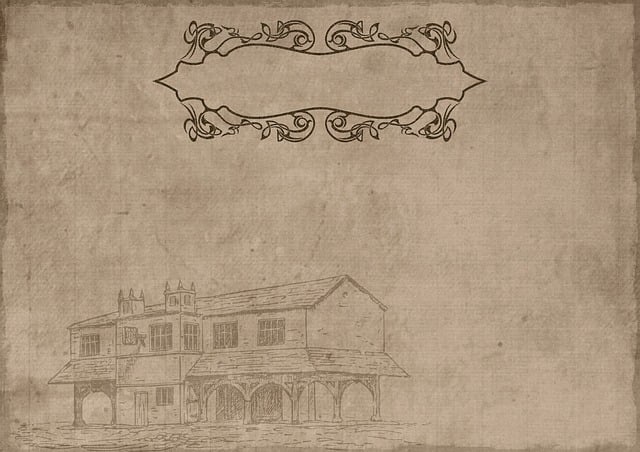Strategically navigating home upgrade expenses involves assessing your current space, focusing on high-impact areas like the kitchen or living room, and embracing DIY projects. Conduct a thorough inspection to identify aesthetic and functional improvements that don't drain your budget. Cost-effective solutions such as repainting, updating hardware, or replacing tiles can significantly enhance both functionality and aesthetics. DIY projects save money while allowing for personalized style and customization, achieved with proper planning, tools, and guides.
Looking to refresh your space without breaking the bank? Discover affordable upgrades to maximize your budget and transform your home. This guide navigates cost-effective strategies, from identifying high-impact areas to exploring DIY possibilities and strategic shopping tactics. Learn how to balance resale value with immediate gratification, ensuring long-term savings on your home upgrade expenses.
Identifying Areas for Cost-Effective Upgrades
Identifying areas for cost-effective upgrades is a strategic move to maximise your budget and transform your living space. Start by evaluating your current home and pinpointing aspects that can be enhanced without breaking the bank. Focus on both aesthetic improvements and functional updates; for instance, repainting walls with trendy yet affordable colours or installing energy-efficient light fixtures can instantly refresh a room.
Additionally, consider practical upgrades like replacing old hardware with modern, budget-friendly alternatives or refreshing outdated kitchen appliances. These small changes can significantly impact the overall look and feel of your home without exhausting your finances. Remember that creative thinking and strategic planning are key to navigating home upgrade expenses effectively.
– Assessing current home state
Before diving into affordable upgrades, it’s crucial to assess your current home state. Take a good look around and identify areas that need improvement or have the potential to enhance your living space. This initial step will help you understand where your budget should be allocated for maximum impact. By evaluating each room and feature, you can pinpoint priority projects based on both your desires and practical needs, ensuring that your home upgrade expenses are well-directed.
This assessment also involves considering your current furniture, fixtures, and decor. You might find that a simple reconfiguration or a few strategic purchases can transform a space without breaking the bank. For instance, rearranging furniture to open up a floor plan or adding a gallery wall with affordable art can instantly elevate the look and feel of a room, making it more inviting and stylish.
– Prioritizing spaces with highest impact
When planning home upgrades on a budget, prioritizing spaces that deliver the most impact is key. Focus on areas that are central to your daily life or have a significant visual presence in your home. For instance, updating your kitchen or living room can make a world of difference in terms of functionality and aesthetics, without breaking the bank. These high-traffic zones often show the most wear and tear, so refreshing them can instantly elevate your living space.
Instead of splurging on less visible areas, consider cost-effective solutions like repainting walls with a fresh color palette, updating hardware on cabinets or replacing old tiles with affordable alternatives. These simple changes can transform these spaces, making them feel new again and maximizing the return on your home upgrade expenses.
Exploring Do-It-Yourself (DIY) Options
Exploring Do-It-Yourself (DIY) Options
When it comes to home upgrades, one of the most effective ways to maximize your budget is to consider DIY projects. By rolling up your sleeves and taking on tasks yourself, you can significantly reduce home upgrade expenses. From painting walls and installing lighting fixtures to replacing hardware or even tackling basic plumbing jobs, there’s a wide range of projects suitable for various skill levels. Not only does DIY save money, but it also empowers you to create a unique space that truly reflects your personal style.
Moreover, DIY options offer flexibility and customization at a fraction of the cost of hiring professionals. You can source materials from hardware stores or online retailers and tailor each element to match your tastes and budget. By planning carefully, gathering the right tools, and following step-by-step guides, you can achieve professional-looking results while keeping home upgrade expenses under control.
Maximizing your budget for home upgrades doesn’t have to mean settling for minimal changes. By carefully assessing your current space, prioritizing high-impact areas, and exploring cost-effective DIY options, you can significantly enhance your living environment without breaking the bank. Remember, even small updates can make a big difference in both the look and feel of your home, ensuring it remains a comfortable and valuable asset for years to come.
